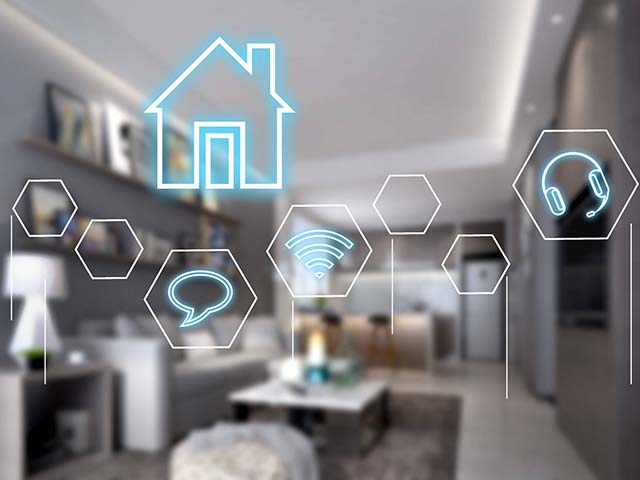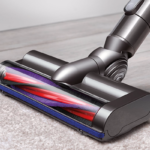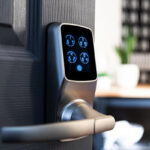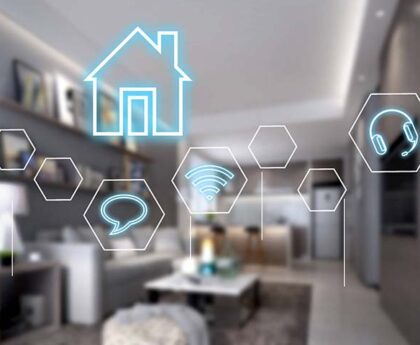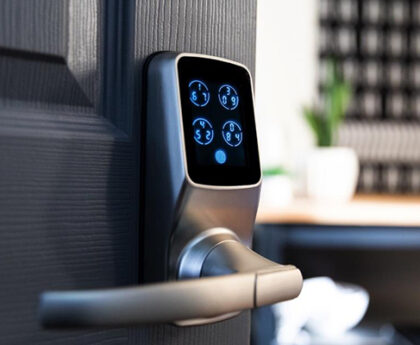Smart home devices are electronic devices that can be controlled and monitored remotely through a network connection, often using a smartphone or other device. With the increasing popularity of the Internet of Things (IoT) and the growing availability of smart home devices, it is important to consider the prospect of these devices and how they may shape the future of home living.
Definition of smart home devices
Smart home devices are a broad category that includes a wide range of electronic devices and appliances that can be connected to the internet and controlled remotely. Some common examples of smart home devices include:
- Smart thermostats
- Smart lighting systems
- Smart security systems
- Smart appliances (e.g. refrigerators, washing machines)
- Smart speakers and assistants (e.g. Amazon Echo, Google Home)
These devices are designed to make home living more convenient, efficient, and secure by allowing users to control and monitor them remotely through a smartphone app or other device.
Market size and growth of smart home devices
The market for smart home devices has been growing rapidly in recent years. According to a report from MarketsandMarkets, the global smart home market was valued at $53.45 billion in 2018 and is expected to reach $150.8 billion by 2024, at a compound annual growth rate of 22.2%. This rapid growth is being driven by a number of factors, including:
- The increasing adoption of the IoT and the growing number of connected devices
- The availability of more affordable smart home devices
- The growing awareness and understanding of the benefits of smart home technology among consumers
- The increasing focus on energy efficiency and cost savings
Adoption of smart home devices
Smart home devices are being adopted by a wide range of people across various demographics and geographical locations. According to a survey by the National Association of Realtors, 37% of homeowners and 41% of renters have at least one smart home device. The most common types of smart home devices owned by respondents were smart thermostats (29%), smart security systems (21%), and smart lighting systems (17%).
In terms of how people are using smart home devices, the most common uses are for energy efficiency (e.g. controlling thermostats and lighting), security (e.g. monitoring home with security cameras), and convenience (e.g. using voice assistants to control devices).
There are a few barriers to the adoption of smart home devices, including the upfront cost of purchasing the devices, concerns about privacy and security, and a lack of understanding about how the devices work. However, as the market continues to grow and the cost of devices decreases, these barriers are likely to decrease.
Benefits of using smart home devices
There are many benefits to using smart home devices, including:
- Convenience and time-saving aspects: Smart home devices can make everyday tasks more convenient and save time by allowing users to control and monitor their devices remotely. For example, a smart thermostat can be set to adjust the temperature of a home based on the user’s schedule, and a smart lighting system can be turned on and off using a smartphone app.
- Increased security and safety: Smart security systems can provide an extra layer of protection for homes by allowing users to monitor their homes remotely and receive alerts if there are any suspicious activities. Smart door locks can also provide added security by allowing users to lock and unlock their doors remotely.
- Energy efficiency and cost savings: Smart thermostats and lighting systems can help to save energy by automatically adjusting the temperature and lighting.
- Improved quality of life: Smart home devices can improve the quality of life for people with disabilities or mobility issues by providing more independence and control over their living environment. For example, a smart thermostat can be controlled using a voice assistant, and a smart door lock can be unlocked remotely using a smartphone app.
- Increased property value: Smart home devices can also increase the value of a property by making it more attractive to potential buyers or renters. According to a survey by the National Association of Realtors, 45% of buyers and 35% of renters are willing to pay more for a home with smart home technology installed.
- Customization and personalization: Smart home devices allow users to customize and personalize their living environment to suit their preferences and needs. For example, a smart lighting system can be programmed to adjust the lighting based on the time of day or the user’s preferences.
- Eco-friendliness: Smart home devices can also help to reduce the environmental impact of a home by increasing energy efficiency. For example, a smart thermostat can help to reduce energy consumption by adjusting the temperature based on the user’s schedule and the occupancy of the home.
Potential challenges and concerns with smart home devices
While there are many benefits to using smart home devices, there are also some potential challenges and concerns to consider. These include:
- Privacy and security risks: One of the main concerns with smart home devices is the potential for privacy and security risks. These devices collect and transmit data over the internet, which means that there is a risk of hacking and data breaches. It is important for users to take steps to secure their devices, such as using strong passwords and keeping their software up to date.
- Dependence on technology and potential for malfunction: Another potential concern with smart home devices is the potential for dependence on technology and the risk of malfunction. If a device fails or the internet connection is lost, it can cause inconvenience or even disrupt essential functions (e.g. security systems). It is important for users to have backup plans in place in case of malfunctions.
- Lack of standardization and interoperability among different devices: Another challenge with smart home devices is the lack of standardization and interoperability among different devices. This can make it difficult for devices from different manufacturers to work together and can limit the functionality of a smart home system.
Conclusion
In conclusion, the prospect of smart home devices is bright, with a growing market and increasing adoption by a wide range of people. These devices offer many benefits, including convenience, increased security and safety, and energy efficiency. However, it is important for users to be aware of the potential challenges and concerns with these devices, such as privacy and security risks, dependence on technology, and lack of standardization. As the market continues to evolve and mature, it is likely that these issues will be addressed and smart home devices will become even more integrated into our daily lives.
